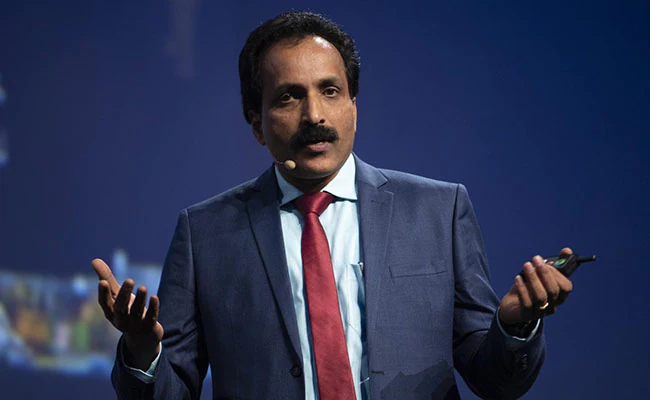
All you need to know about ISRO’s new chief S. Somanath

The Centre on Thursday appointed S. Somanath, aerospace engineer and rocket scientist, as Chairman of the Indian Space Research Organisation (ISRO). He will replace Kailasavadivoo Sivan, who will complete his extended tenure on Friday.
Dr. Somanath’s appointment is for a combined tenure of three years, inclusive of an extension in tenure beyond the age of superannuation, a Personnel Ministry order said.
Dr. Somanath is currently director of the Vikram Sarabhai Space Centre (VSSC) in Thiruvananthapuram, Kerala. Born in July 1963, he graduated in mechanical engineering from the University of Kerala. He completed his post-graduation in aerospace engineering from the Indian Institute of Science, Bangalore, with a gold medal for meritorious performance. Dr. Somanath later did his doctorate in mechanical engineering from IIT, Madras.
Critical moment
Dr. Somanath’s ascension comes at a critical moment for ISRO and one of his chief tasks will be to put the agency’s human space flight programme back on track.
The programme has suffered setbacks in recent years, with launch failures, COVID-19, and the failure of the Chandrayaan 2 robotic moon landing mission in 2019 all contributing to a sense of malaise.
At the annual conference of the Indian Society of Aerospace Medicine in September 2018, Dr. Somanath identified 2022 as the year India would launch human space flights.
“Sending a human being into space is a different ball game compared to sending a passive satellite into orbit. The orbit is a zero gravity environment and we need to keep a person alive and ensure survival during return to earth. It is quite easy to launch a person into space, but quite difficult to bring him back,” Dr Somanath said in his capacity as VSSC chief.
“The immediate milestone is to put a man in orbit by 2022, and to see how we can do that with current levels of knowledge and the new knowledge that has to be created,” he said.
Key rocket technology
As director of VSSC and as head of the Liquid Propulsion Systems Centre (LPSC), Dr. Somanath played a key role in developing the rocket technology that will go into the mission.
He was the project director and mission chief for the development of the GSLV Mark III rocket that will be used for the programme. He was also involved in making it usable for human flight.
“The GSLV Mark III is an intelligent system, but for a final human rating, the redundancies needed are of a higher order. We are working on it,” Dr. Somanath has been quoted as saying.
A human-rated version of the GSLV Mark III is yet to be tested. The clock is ticking, given Prime Minister Narendra Modi’s vision of a human space flight before 2024, according to ISRO observers.
Dr. Somanath’s other achievements include the development of throttleable engines — a technology used for the Chandrayaan-2 project. Throttleable engines will be used in a new category of rockets that ISRO is developing to test the crew module for human space flight. ISRO, in fact, has so far conducted only one successful test flight of the crew module — in 2014 – using the GSLV Mark III rocket, with Dr. Somanath as the project director.


